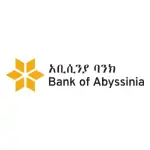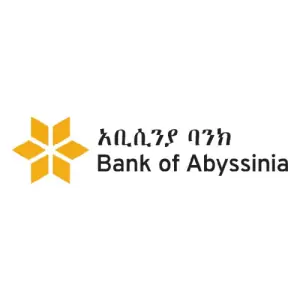The ongoing discussions surrounding a controversial project involving Ethiopia, Somaliland, and the United Arab Emirates (UAE) have sparked significant interest and concern. Here’s a deeper dive into the various aspects of this project.
Background of the Project
The genesis of this project is not directly linked to the recent Memorandum of Understanding (MOU) between Ethiopia and Somaliland. Still, it has garnered attention due to the involvement of all three parties – Ethiopia, Somaliland, and the UAE. The MOU, signed on January 1st, created tensions in the region.
Current Project Considerations
Separate from the MOU, Addis Ababa, Hargeisa, and Abu Dhabi governments are reportedly considering a new project. The focus of this endeavor is the transformation of one of Somaliland’s regions into a fertile farming area. This particular region faces severe water scarcity, prompting Somaliland to engage in talks with Ethiopia.
Critical Components of the Project
1. Pipeline Construction: One of the central components of the project is the construction of a pipeline originating from Ethiopian territory. The pipeline aims to transport water from the Gode Shabelle, which is in the Somali region of Ethiopia, to Oodweyne, Somaliland. This ambitious infrastructure project is intended to address the water shortage in the targeted Somaliland region.
2. UAE’s Involvement: The UAE’s role in the project is pivotal. Somaliland is seeking the UAE’s participation in the deal, potentially involving leasing the designated land for farming purposes. This aligns with the UAE’s strategy of acquiring lands on lease in Africa to meet its food requirements.
3. Controversial Lease Agreement: The project’s controversy stems from the potential land leasing to the UAE for 25 years. While constructing a water pipeline might not inherently raise concerns, the long-term lease to a foreign entity adds complexity. It triggers debates around sovereignty, land use, and potential economic implications.
Challenges and Controversies
The project faces various challenges, including international and regional pressures. The diplomatic landscape is intricate given the recent tensions arising from the MOU between Ethiopia and Somaliland. Implementing such a project requires navigating political intricacies and finding common ground among the involved parties.
Ongoing Talks and Uncertain Future
Currently, the project is in the negotiation phase, with discussions underway between the concerned parties. Somaliland has reportedly requested assistance from Ethiopia and the UAE to finalize the talks and initiate the project. The outcome remains uncertain, and the project’s success hinges on overcoming diplomatic hurdles and reaching a consensus that satisfies all stakeholders.
In conclusion, this controversial project represents a complex intersection of geopolitical, economic, and diplomatic interests. The developments in the coming days will undoubtedly shed more light on the feasibility and implications of this ambitious venture involving Ethiopia, Somaliland, and the UAE. Stay tuned for further updates as the situation unfolds.










More Stories
Minister of Defense of Somalia Warns Ethiopian Troops
Somalia Expels Ethiopian Diplomat
Ethiopia Eritrea Football Match Cancelled